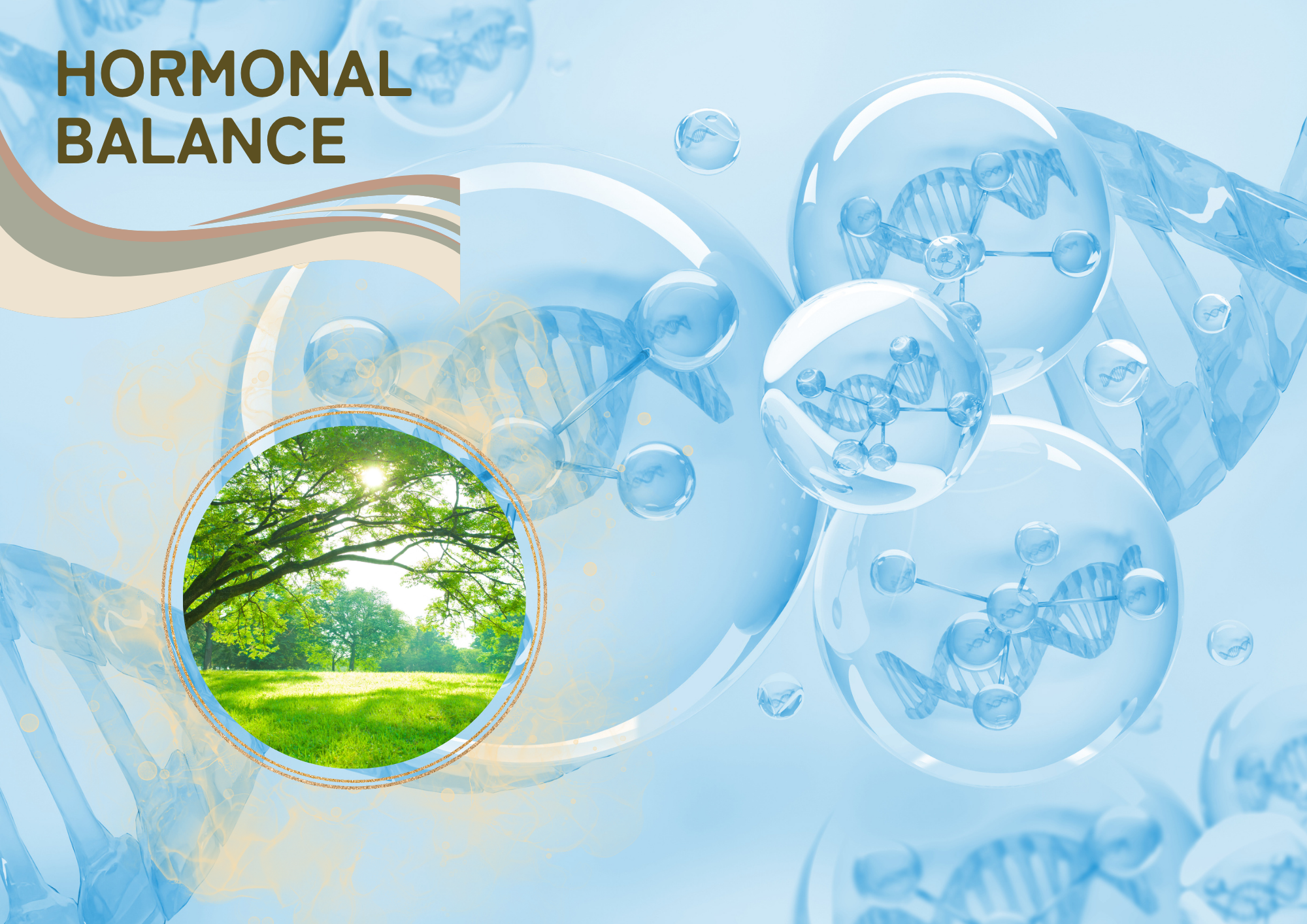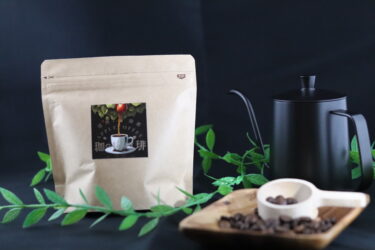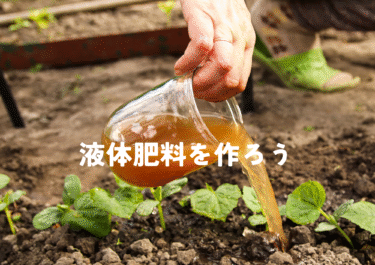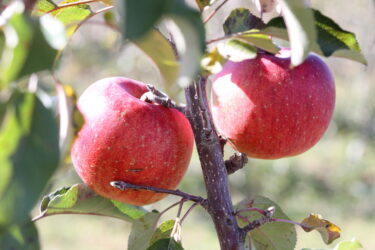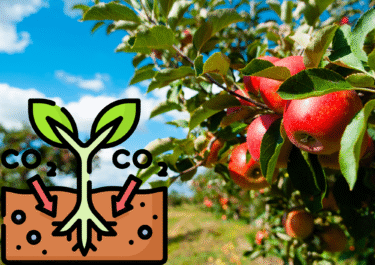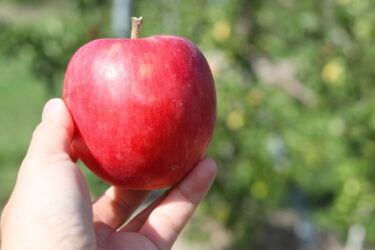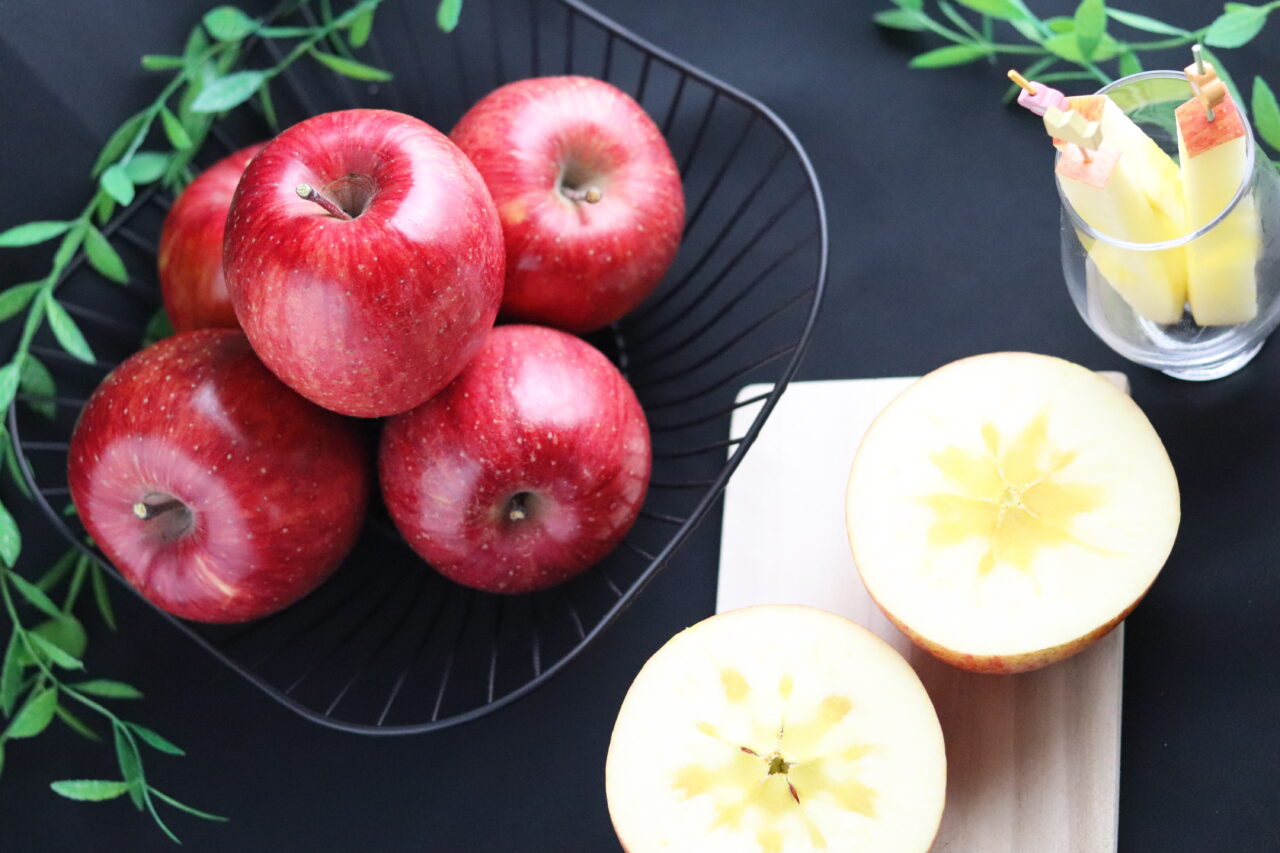- 1 はじめに
- 2 結実とホルモンの相互作用
- 3 なぜ摘果が必要なのか?
- 4 摘果のタイミングとその科学的意義
- 5 摘果による来年への影響
- 6 摘果のコツ:どの果実を残すか
- 7 おわりに
- 8 参考文献
- 9 Thinning in Apple Cultivation: A Scientific Approach from the Perspective of Plant Hormones and Cell Physiology
はじめに
リンゴ栽培において「摘果(てきか)」は重要な作業のひとつです。
見た目には単に果実を間引く作業のように映りますが、その背後には植物の巧妙な生理的メカニズムが深く関わっており、摘果のタイミングや方法を誤ると、品質のよい果実が育たないばかりか、翌年の収量にも悪影響を及ぼす可能性があります。
本記事では、リンゴの摘果を植物ホルモンや細胞レベルの視点から詳しく解説します。
結実とホルモンの相互作用
リンゴの花が受粉・受精を経て結実すると、果実のもととなる子房は急速に成長を始めます。
ここで活性化するのが、植物ホルモンと呼ばれる情報伝達物質です。
主に関わるのは以下の3つです。
- オーキシン(Auxin)
- サイトカイニン(Cytokinin)
- ジベレリン(Gibberellin)
これらのホルモンは以下のように役割分担しながら、果実の成長を制御します。
オーキシン:果実成長の号令役
受粉・受精によって形成された種子から分泌されるのがオーキシンです。
オーキシンは、果実を構成する組織(果皮や果肉)に働きかけて細胞分裂を促進し、さらに果実の維持にも関与します。
つまり、オーキシンが分泌され続ける限り、その果実は「成長する価値がある」と判断され、木は栄養資源をそこに集中させます。
サイトカイニン:細胞分裂の推進者
サイトカイニンは主に根で合成され、維管束を通じて果実へ運ばれます。
このホルモンは細胞分裂を促す作用をもち、特に成長初期に果実の体積を増すために重要です。
オーキシンと協調しながら、果実のサイズの基礎を作っていきます。
ジベレリン:細胞肥大を後押し
果実が一定の大きさに達すると、今度は細胞分裂から細胞肥大へとステージが移ります。
この時期に関与するのがジベレリンで、果肉の細胞ひとつひとつを大きく膨らませて、果実全体の体積を増加させます。
オーキシンが細胞の成長を「起動」させ、ジベレリンがそれを「加速」させるような関係です。
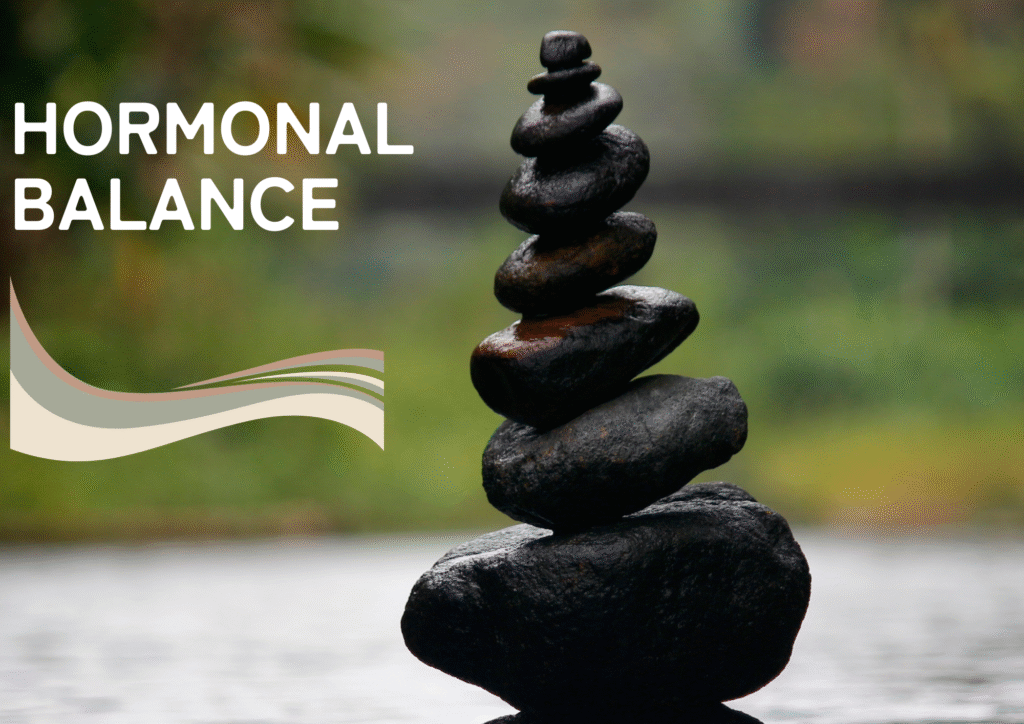
なぜ摘果が必要なのか?
自然状態では、1輪花に複数の果実が結実します。
しかし、すべての果実に十分な栄養を行き渡らせるのは困難です。
そのまま放置すると、果実が小さいまま成熟したり、品質が劣化したりします。
また、オーキシンが分泌されている果実は、周囲の花や若い果実の成長を阻害する作用をもっています。
これを「ホルモンによる優先権の主張」と言うことができ、強く発達した果実が周囲の果実の発育を抑えてしまうのです。
このような背景から、適切に摘果を行うことで、残した果実に十分な栄養とエネルギーを集中させ、高品質な果実を育てることが可能になります。
摘果のタイミングとその科学的意義
① 生理落果の後
リンゴは自然にもある程度の果実を落とす「生理落果」を行います。
これは、ホルモンバランスや光合成能力に応じて木が自主的に果実数を調整する仕組みです。
この落果は、種子の数や位置、ホルモンの分泌量、果柄の太さなどによって左右されます。
摘果は、この生理落果の直後(6月下旬〜7月初旬)に行うのが理想的です。
早すぎると自然に落ちる果実も含めてしまい手間が無駄になり、遅すぎると細胞分裂の時期を逃し、果実サイズが小さくなるリスクがあります。
② 細胞分裂期を逃すな
果実の大きさは細胞数と細胞の大きさの積で決まります。そして、細胞数は主に結実から数週間の「細胞分裂期」に決まります。
この時期に果実数を絞っておくことで、選ばれた果実に栄養が集中し、より多くの細胞分裂が起きます。
細胞分裂のピークは、結実から20〜30日以内。
このタイミングで摘果を行えば、果実はより多くの細胞を持ち、結果として大きく育ちます。
摘果による来年への影響
果実が過剰に残された年は、リンゴの花芽形成が抑制され、翌年の結実量が減る(隔年結果)という問題が起こりやすくなります。
これは、果実の成長にエネルギーが取られ、花芽形成に必要なジベレリンやサイトカイニンの合成・運搬が抑制されるためです。
摘果を行うことで、葉から花芽へのホルモン供給がスムーズに行われ、翌年の開花と結実が安定します。

摘果のコツ:どの果実を残すか
果実のホルモン状態や栄養状態は外見からは分かりにくいため、一般的には以下のような基準で選別されます。
- 果軸(果柄)が太く短い果実
- 日当たりのよい位置の果実
- 種子数が多く、中心に種が均等に配置されたもの(=ホルモン分泌が盛ん)
また、同一箇所に複数の果実がある場合は、中心果(中央にある主花由来の果実)を残すのが基本です。
主花は副花よりも受粉・受精の成功率が高く、ホルモン分泌も盛んで、より品質の高い果実になる傾向があります。
おわりに
「摘果」という行為は、単に果実を間引いているのではなく、植物ホルモンの流れを読み、果実ひとつひとつの生理状態を見極めながら、樹全体の未来を設計する精密な農業技術です。
植物生理学やホルモンの知識を踏まえて摘果を行えば、より科学的かつ安定的な果樹経営が可能になるでしょう。
参考文献
- 「植物ホルモンの科学」日本植物生理学会 編
- 「果樹栽培の基礎知識」農文協
- 最新園芸技術シリーズ『リンゴ』農林水産省技術会議監修
Thinning in Apple Cultivation: A Scientific Approach from the Perspective of Plant Hormones and Cell Physiology
Thinning is one of the most important tasks in apple cultivation. While it may appear to be a simple process of removing excess fruit, it is actually deeply connected to the plant’s complex physiological mechanisms. Mistiming or improper methods of thinning can not only hinder the development of high-quality fruit but also negatively affect the following year’s yield.
In this article, we will explore the process of apple thinning through the lens of plant hormones and cellular activity.
Fruit Set and Hormonal Interactions
After pollination and fertilization, the ovary of the apple flower begins to grow rapidly into a fruit. At this point, signaling molecules known as plant hormones are activated. The three main hormones involved in this process are:
- Auxin
- Cytokinin
- Gibberellin
These hormones work together in different roles to regulate fruit development.
Auxin: The Initiator of Fruit Growth
Auxin is secreted from the developing seeds after successful fertilization. It stimulates cell division in fruit tissues such as the skin and flesh and also helps maintain fruit development. As long as auxin continues to be produced, the plant considers the fruit to be “worth growing” and channels nutrients accordingly.
Cytokinin: The Driver of Cell Division
Produced mainly in the roots, cytokinin is transported to the fruit through the vascular system. It promotes cell division and is crucial in the early stages of fruit development to increase volume. Working in tandem with auxin, it lays the foundation for fruit size.
Gibberellin: The Booster of Cell Expansion
Once the fruit reaches a certain size, its growth shifts from cell division to cell expansion. Gibberellin plays a key role during this phase by enlarging each individual cell, increasing the fruit’s overall volume. Auxin acts as the “starter,” while gibberellin acts as the “accelerator” of this growth.
Why Is Thinning Necessary?
In nature, each flower cluster may develop multiple fruits. However, it’s difficult for the tree to provide enough nutrients for all of them. If left unthinned, fruits may mature while remaining small or of low quality.
Moreover, fruits producing auxin can suppress the development of nearby flowers and young fruits. This can be described as a “hormonal competition,” where dominant fruits inhibit the growth of others.
Thinning allows growers to concentrate nutrients and energy on selected fruits, enabling the development of high-quality produce.
Timing Matters: The Scientific Importance of Thinning
1. After Natural Fruit Drop
Apple trees naturally undergo physiological fruit drop to self-regulate fruit numbers based on hormone balance and photosynthetic capacity. This drop is influenced by factors such as seed count, hormonal levels, and fruit stem thickness.
The ideal time to thin is shortly after this drop—late June to early July. Thinning too early may include fruits that would have dropped naturally, wasting effort. Thinning too late may miss the crucial cell division phase, resulting in smaller fruit.
2. Don’t Miss the Cell Division Window
Fruit size is determined by the number and size of cells. The number of cells is largely set during the first few weeks after fruit set. Thinning during this period ensures that selected fruits receive sufficient nutrients to undergo more cell divisions.
The peak of cell division occurs within 20–30 days after fruit set. Thinning during this window leads to fruit with more cells, which means larger final size.
Thinning and Its Impact on Next Year’s Yield
Leaving too many fruits on the tree can suppress flower bud formation, reducing the number of flowers (and thus fruits) in the following year—a phenomenon known as biennial bearing. This happens because the energy used for fruit growth limits the production and transport of hormones like gibberellin and cytokinin necessary for bud development.
Proper thinning allows smooth hormone flow from leaves to buds, supporting stable flowering and fruiting in the following year.
Thinning Techniques: How to Choose Which Fruits to Keep
Since hormonal and nutritional status can’t be seen externally, fruits are usually selected based on the following criteria:
- Fruits with thick and short stems
- Fruits in well-lit positions
- Fruits with many seeds evenly arranged in the center (indicating high hormonal activity)
When multiple fruits are clustered together, the central fruit (derived from the main flower) is usually kept. This central fruit tends to have a higher fertilization success rate and stronger hormone activity, often resulting in better quality.
Conclusion
Thinning is not just about removing excess fruit. It’s a precise agricultural technique that reads the flow of plant hormones and evaluates each fruit’s physiological status to optimize the tree’s future. By applying knowledge of plant physiology and hormones, growers can implement more scientific and stable orchard management practices.

